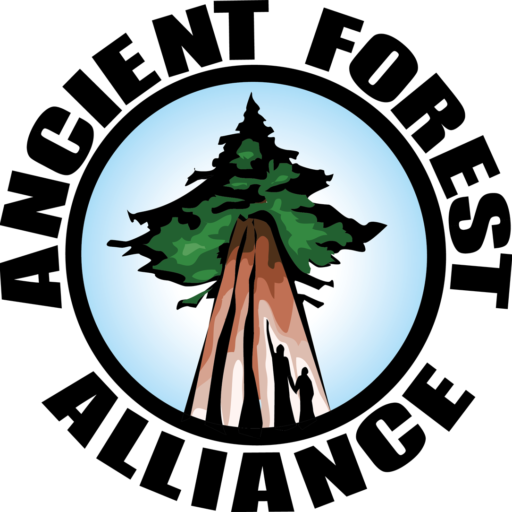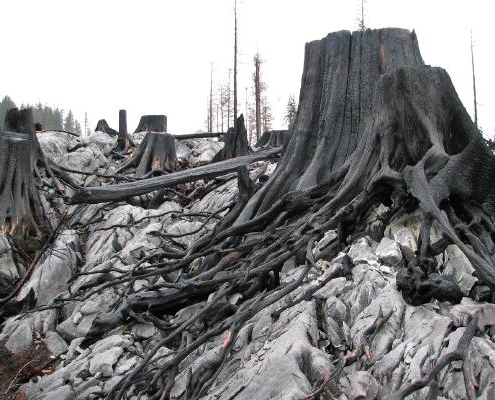
Old-growth logging blamed for Island wasteland
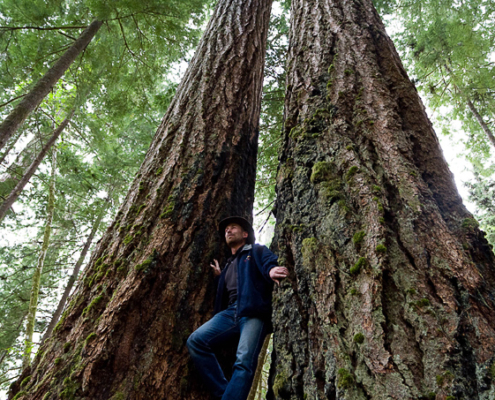
Koksilah River Old-Growth In Jeopardy
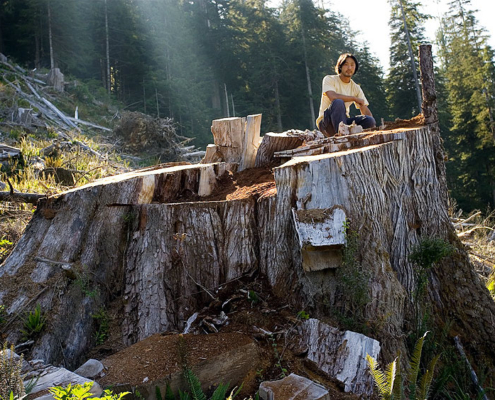
Ken Wu Wants to Save ‘the Avatar Grove’
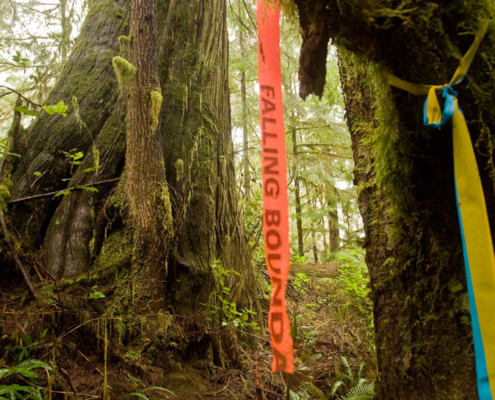
World’s Largest Douglas-fir Under Threat
The world's largest Douglas fir tree, the famous Red Creek Fir tree, located in Port Renfrew at the southern tip of Vancouver Island, remains vulnerable to the effects of logging in an adjacent old-growth forest, claim environmentalists.
The Avatar blues
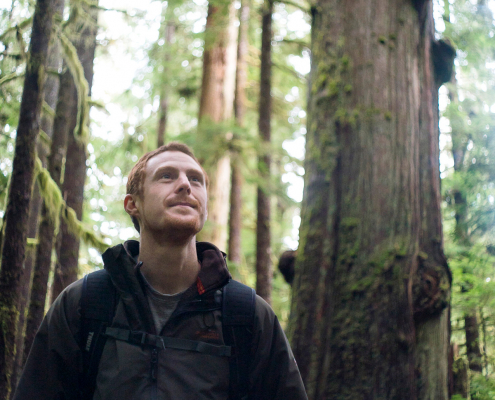
A Channel News – Giant Fir Threatened
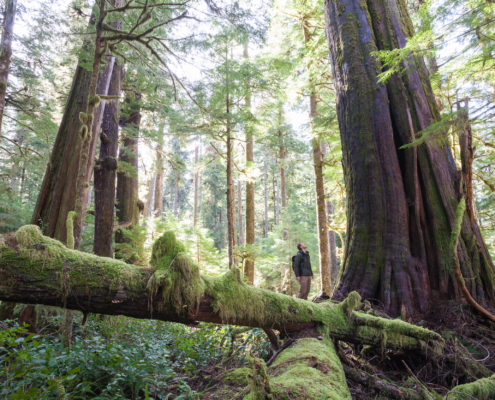
Rare stand of old-growth trees near Port Renfrew only partly protected says eco-group
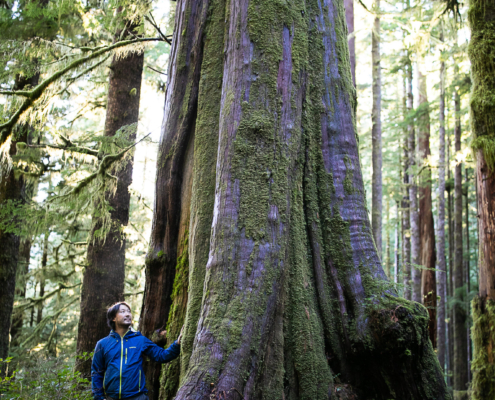
Environmental group: Protect rare forest giants marked for logging near Port Renfrew
Some of the giants stretch straight to the sky for 80 metres, while others are bulbous and misshapen, the knots and gnarls betraying their age. The old-growth Douglas firs and red cedars have stood in the valley beside the Gordon River for centuries, but now, in the almost undisturbed grove, the end is spelled out in spray paint and logging tape.
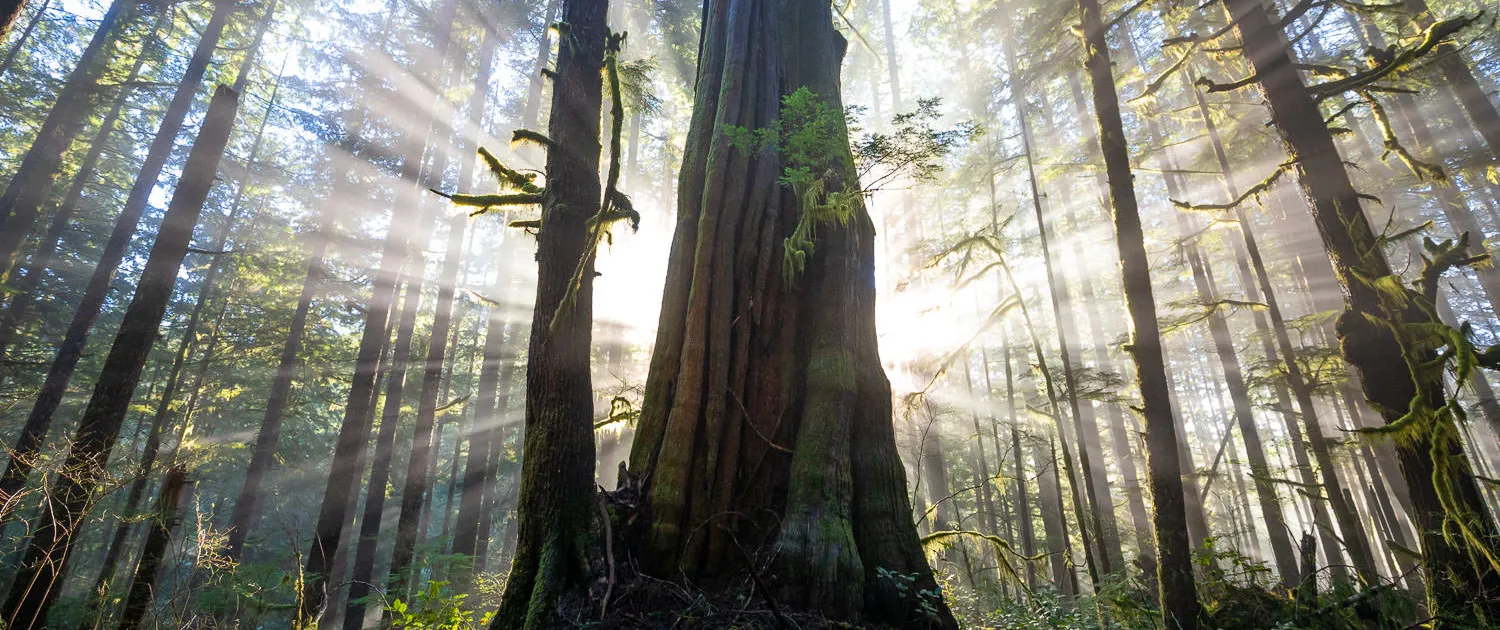
TJ Watt Exclusive Interview Canadian Landscape Environmental Photographer
Environmental organization launches VIRY REAL (Vancouver Island Rainforest therapy – Real Earth Appreciation Lessons) for distraught Avatar film-goers
A Canadian environmental organization has established a 3 Step Program designed to cure thousands of movie-goers who complain about sinking into a depression in their drab, Earthly lives after watching scenes of spectacular alien rainforests and wildlife in James Cameron’s hugely popular film, “Avatar”.
